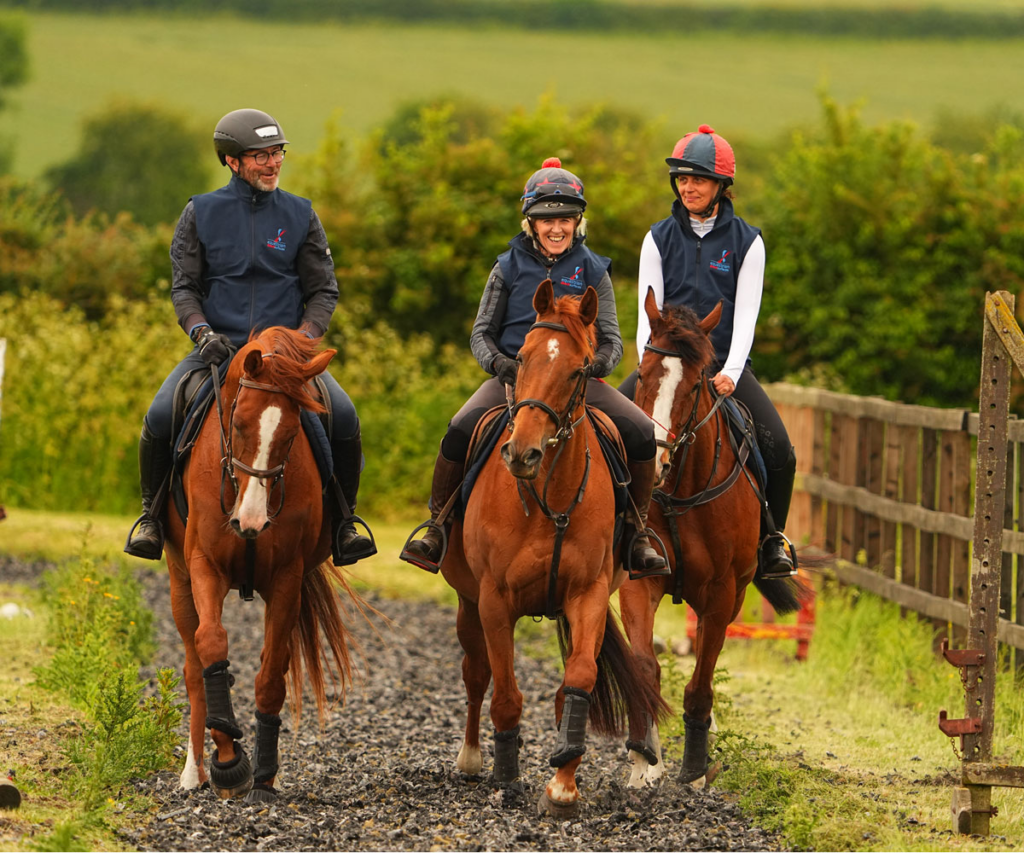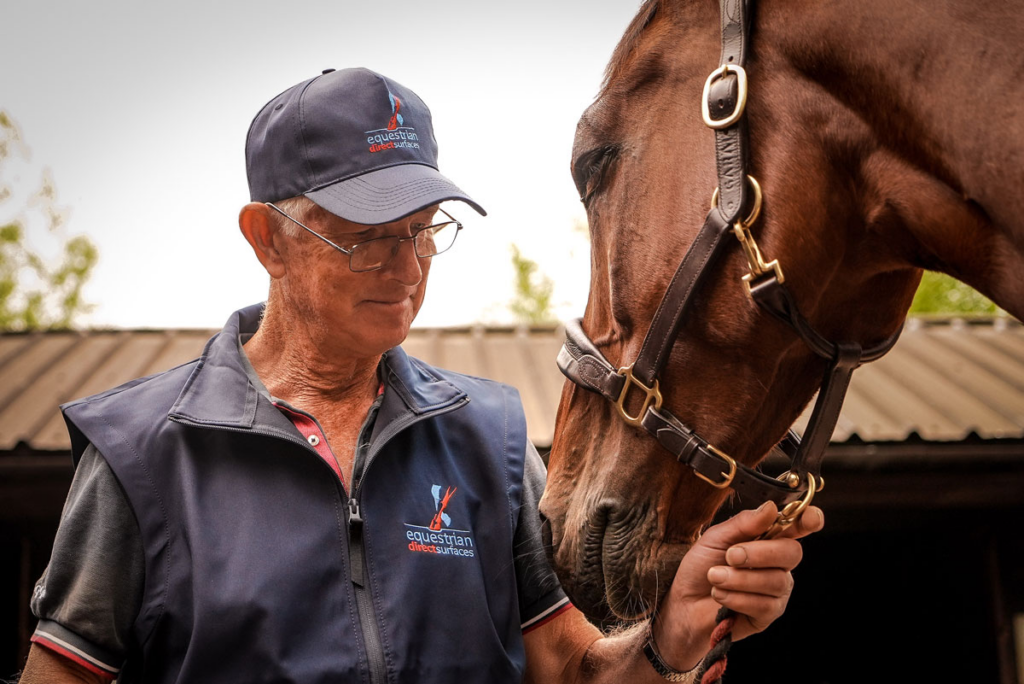Preventing fall-related injuries in horses is a top concern for horse owners. One of the most overlooked factors contributing to these accidents is the quality of the riding surface. It’s not just about keeping the arena tidy; the type of footing can make all the difference between a safe ride and a potential disaster.
Inadequate riding surfaces can lead to slips, trips, and falls, putting both horse and rider at risk. By understanding the importance of proper arena maintenance and choosing the right materials, the chances of injury can be significantly reduced. This content delves into how to create safer environments for horses and ensure every ride is as secure as possible.

Understanding Fall-related Injuries in Horses
Fall-related injuries in horses affect their overall well-being and performance. Factors like inadequate riding surfaces and improper arena maintenance contribute significantly to these accidents. Identifying common injuries and their causes helps in devising appropriate preventive measures.
Common Injuries
Horses often experience specific injuries from falls, including fractures, ligament damage, and bruising. Fractures generally affect the limbs and, occasionally, the spine. Ligament damage usually occurs in the legs, leading to long recovery periods. Bruising, though less severe, can still impede mobility and performance.
Causes of Falls
Several causes contribute to fall-related injuries. Uneven surfaces, slippery footing, and inappropriate ground materials create hazardous conditions. Poor drainage worsens the situation, especially during wet weather. Such environmental factors increase the risk of slips and trips, leading to injuries.

Impact of Inadequate Riding Surfaces
Inadequate riding surfaces directly impact a horse’s stability. Hard surfaces stress the joints, while excessively soft footing destabilizes the horse’s gait. Mixed materials can cause inconsistent traction, leading to unexpected slips. Ensuring a balanced surface can significantly reduce these risks.
Recognising Early Signs of Injury
Early recognition of injury signs is vital for prompt treatment. Look for limping, swelling, or changes in behavior after rides. Reduced performance or reluctance to move can also indicate underlying issues. Addressing these signs early assists in preventing further complications.
Importance of Regular Checks
Regular checks of the riding environment are crucial. Inspecting the arena for uneven patches, debris, and material consistency helps maintain a safe surface. Frequent grooming of the arena can prevent the buildup of hazardous conditions, ensuring optimal safety for both horse and rider.
The Impact of Inadequate Riding Surfaces
Inadequate riding surfaces significantly contribute to fall-related injuries in horses. These injuries range from mild bruises to severe fractures, requiring immediate attention.
Common Issues with Riding Surfaces
Common issues with riding surfaces include uneven terrain, poor drainage, and inappropriate materials. Uneven terrain creates tripping hazards for horses. Poor drainage leads to water accumulation, making the surface slippery. Inappropriate materials, like hard-packed dirt or gravel, increase the risk of injury to the horse’s joints and hooves.
How Surfaces Contribute to Falls
Surfaces contribute to falls by compromising a horse’s stability and traction. Loose, uneven, or slippery surfaces make it difficult for horses to maintain their footing. During turns or high-speed movements, inadequate surfaces can cause horses to lose balance and fall, leading to significant injuries.
Focusing on adequate riding surfaces ensures a safer environment for horses, reducing the risk of fall-related injuries. Regular maintenance and proper material selection are essential steps toward achieving this goal.
Evaluating and Improving Riding Surfaces
A secure riding surface is critical for preventing fall-related injuries in horses. Understanding different surface types and committing to regular maintenance can significantly enhance stability and safety.
Types of Riding Surfaces
Several riding surfaces offer varying levels of safety and traction. Each type has unique properties suited for different riding activities:
- Sand: Provides good cushioning. Frequent harrowing prevents compaction.
- Gravel: Offers excellent drainage. Suitable for high-traffic areas.
- Clay: Natural material suitable for dressage. Requires proper drainage to stay firm.
- Synthetic Surfaces: High initial cost. Low maintenance and consistent performance.
Maintenance and Care
Regular upkeep of riding surfaces is essential to maintain their safety and performance:
- Harrowing: Sand surfaces need weekly harrowing to remain loose and prevent compaction.
- Watering: Keeps the dust down and maintains the right moisture level for material stability.
- Debris Removal: Regularly clear away rocks, branches, and leaves to prevent tripping hazards.
- Levelling: Addressing low spots and uneven areas ensures a consistent riding surface.
By adhering to these maintenance practices, any recognized signs of degradation can be promptly addressed, ensuring the longevity and safety of the riding area.
Preventive Measures for Safe Riding
Preventing fall-related injuries in horses demands careful attention to various safety measures. Implementing effective rider training and using proper safety equipment are key steps in ensuring a secure riding environment.
Rider Training and Awareness
Rider training teaches proper techniques to handle horses on different surfaces. Training seminars enhance rider skills, focusing on balance and responsiveness. Awareness of terrain irregularities helps prevent falls. Regular drills and simulations under expert supervision ensure readiness for various riding conditions.
Safety Equipment and Protocols
Using the right safety equipment can significantly reduce the risk of injuries. Helmets, safety vests, and appropriate footwear for riders are essential. For horses, correctly fitted hoof boots or shoes and leg protection help maintain stability. Establishing and following standard safety protocols, including pre-ride checks for any equipment issues or terrain hazards, ensures a consistent safety routine. Regular equipment inspections and replacements guard against wear and tear that might compromise safety.

Case Studies and Expert Insights
In analyzing fall-related injuries in horses, case studies and expert insights offer valuable knowledge. Real-world scenarios and professional advice help understand the importance of adequate riding surfaces.
Real-life Examples
A notable case happened in Surrey, where a show-jumping horse sustained a serious leg fracture. The investigation revealed that the fall occurred due to loose, uneven gravel in the jumping arena. Regular maintenance had been neglected, leading to this preventable accident.
Another incident in Cheshire involved a dressage horse slipping on a wet sand surface. The arena lacked proper drainage systems. Heavy rainfall, which accumulated water on the surface, created a slippery and dangerous environment. The horse’s injury was severe, requiring months of rehabilitation.
Expert Recommendations
Veterinary specialists stress the need for regular surface inspections. Identify and address issues like uneven patches and drainage flaws promptly. Routine checks help in maintaining a stable riding environment.
Equestrian trainers advocate choosing the right materials for different riding disciplines. For instance, rubber footing in dressage arenas ensures better traction, improving horse stability. Using mixed silica sand and fibre footing in jumping areas reduces the risk of slipping.
Safety consultants recommend implementing comprehensive surface maintenance schedules. Regular harrowing, watering, and debris removal are essential practices. Consistent levelling ensures that the riding surface remains even and safe.
Adhering to these expert recommendations, alongside real-life examples, emphasizes the significant impact of proper riding surface maintenance in preventing falls and injuries in horses.
Conclusion
Ensuring the safety of horses begins with maintaining proper riding surfaces. By committing to regular inspections and understanding the importance of suitable materials, the risk of fall-related injuries can be significantly reduced. It’s not just about the surface but also about recognizing early signs of injury and taking immediate action. Prioritizing the well-being of horses by implementing thorough maintenance routines and adhering to expert recommendations creates a safer environment for both horses and riders, preventing avoidable accidents and fostering a more secure riding experience.